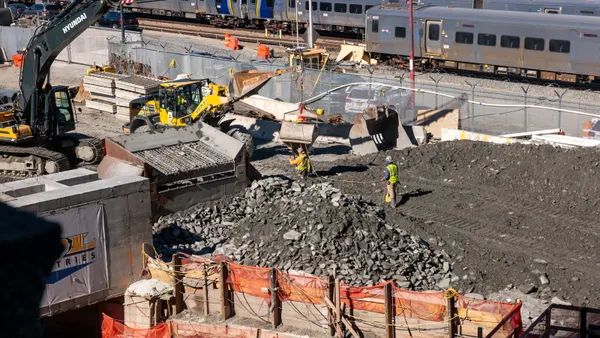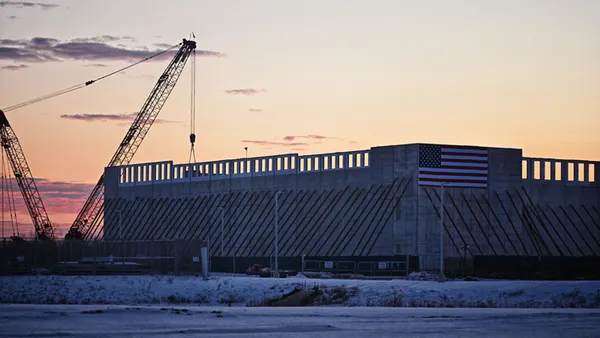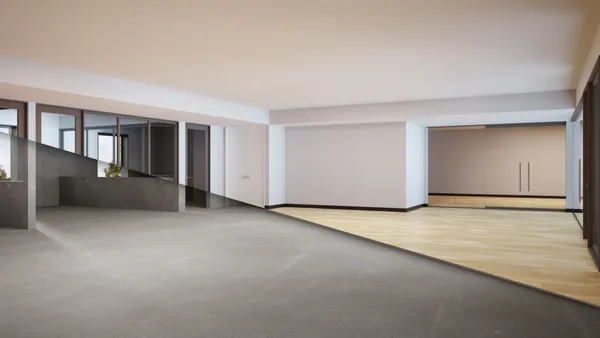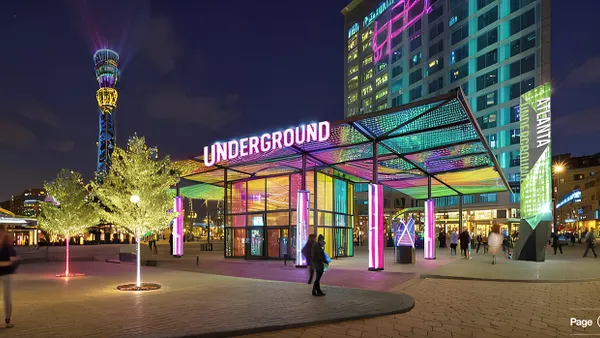The bad news is that aging building stock is increasingly failing to meet evolving demand standards worldwide. Existing buildings need to be retrofitted at five times the current rate — from 2.4% today to 13.2% annually — to meet commercial real estate’s decarbonization targets across the globe, according to a report released last week by commercial real estate services company JLL.
The good news is that many potentially obsolete buildings are in cities with aggressive sustainability targets, said Paulina Torres, JLL’s global research director and author of the report. And cities like New York and Boston are “prioritizing existing buildings as a means to meet their carbon targets,” she said.
“A lot of cities have very aggressive targets to reach net zero within their city boundaries,” Torres said. “So, a lot of the main push for decarbonizing buildings is coming from local jurisdictions, which are really leaning into how buildings can help with their broader sets of challenges and goals.”
JLL’s analysis across 30 global markets found that 70% of potentially obsolete building stock — 1.5 billion square feet — sits in cities with strong sustainability potential, “representing a massive addressable market for investors ready to capitalize on this opportunity.”
The JLL report outlines five structural drivers pushing developers toward “transforming outdated stock into high-performing, energy-smart buildings.”
- Investment momentum: Capital is already flowing to building retrofits in urban locations with high construction costs and built-out environments.
- Low-carbon lease demand: Companies are increasingly seeking buildings that align with their corporate targets to reduce emissions.
- Energy market dynamics: JLL estimates that electricity costs are proportionate to up to 26% of rental value in high-burden markets like Chicago and Los Angeles, so efficiency improvements are one of the most immediate, measurable ways to improve operating expenses.
- Physical risk adaption: More frequent and severe weather events that present financial and operational risks to building owners are forcing adaptive responses.
- Regulation: While Europe leads with the most advanced building sustainability policies, local U.S. governments are aggressively moving ahead with incentives and regulation, JLL found, even as.the federal government rolls back climate policy. Some 15 U.S. jurisdictions representing 25% of the nation’s building stock have building performance standards compelling owners to track, report and in most cases reduce energy use and emissions.
Torres said JLL’s research points to retrofitting as an opportunity rather than an obligation for commercial real estate.
“A lot of times sustainability can be seen as a cost or as something owners are just waiting for regulation to force them to do,” she said. “But what this research is showing is that there’s an opportunity to create value and there’s this convergence of drivers that are making it so that it’s not so much a cost as an opportunity for building owners to leverage if they do it strategically.”














